Stunning Mid Century Modern Home
Retired couple Alison and Tony Jackson have undertaken several extension projects over the years, but they’d never really thought about building from scratch. At least, not until they started to realise the potential of a waterfront location that was ingrained into their lifestyle.
“For 20 years we’d walked our dogs along the Thames Path in Buckinghamshire, some 15 miles from where we lived,” says Alison. “The river flows between fields and houses, but we’d never explored the developed side.”
One January day, the couple decided to cross over and take a closer look at the properties that lined the riverfront. Their excursion led them to a beautiful Arts & Crafts estate in Bourne End, built towards the end of the 19th century. Most of the homes here are listed, but it was the location that truly seduced them.
- NamesAlison & Tony Jackson
- OccupationsRetired
- LocationBuckinghamshire
- Type of Project Self build
- StyleContemporary
- Construction methodSteel frame & cavity walling
- Project routeCommissioned architect & main contractor
- Plot size 0.6 acres
- Land cost£605,000
- Bought2013
- House size185m2
- Project cost£699,948
- Project cost per m2£3,784
- Total cost £1,304,948
- Building work commenced2015
- Building work took18 months
After striking up a conversation with a local resident, Alison and Tony were invited to take a look at the homeowner’s rear garden. “The view was spectacular, overlooking fields and Winter Hill. We fell in love instantly,” Alison explains. “It reminded me of Venice, because there was a little river running through it.”
Despite the fact they weren’t even considering moving, the couple were so smitten that they found themselves asking their new acquaintance if she’d be willing to part with her property.
Unfortunately the bungalow wasn’t for sale, so Alison and Tony left empty handed.
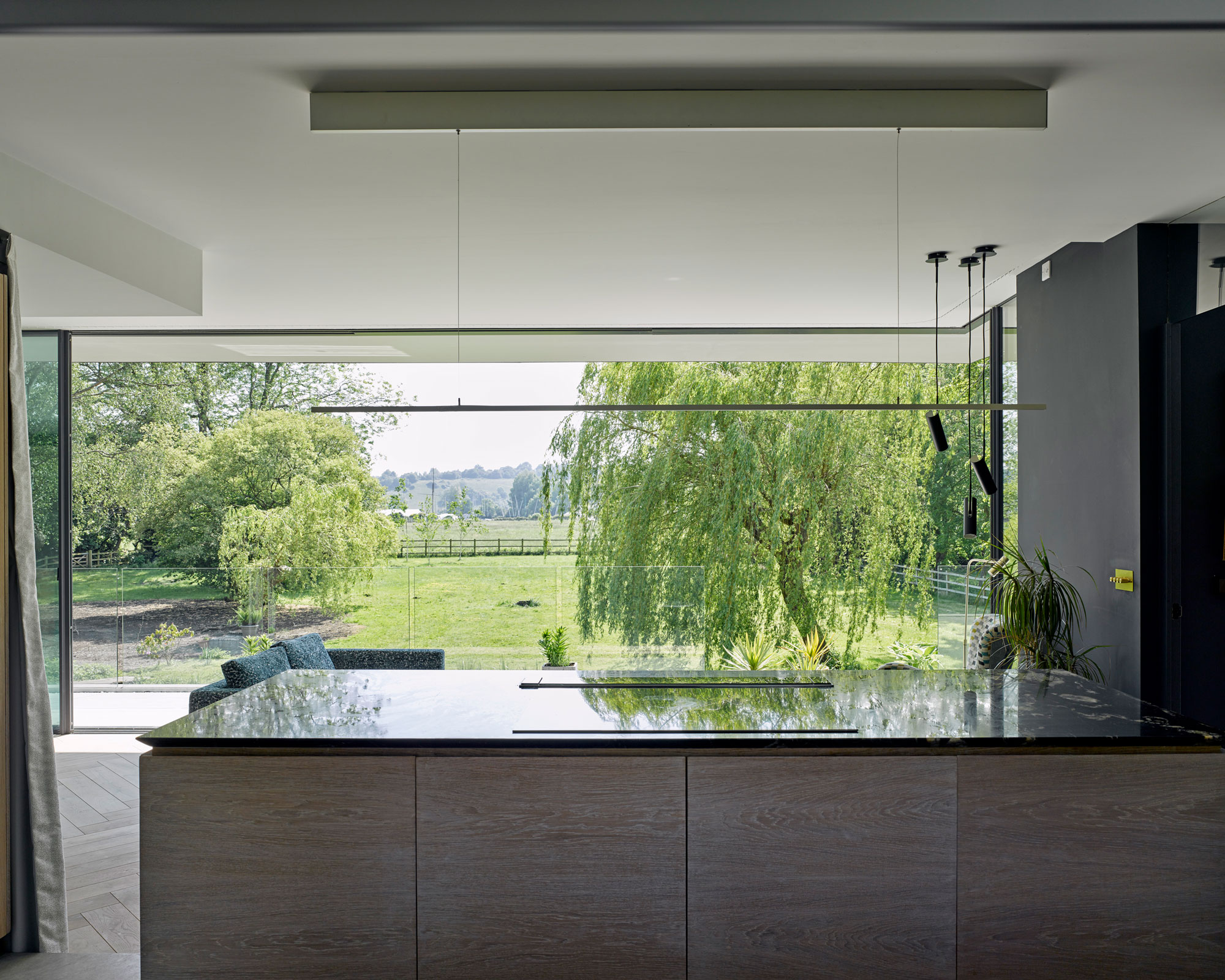
The floating- effect, open tread staircase aids the flow of light
After a few weeks, conversation turned once again to Bourne End. “We decided to look online to see if any houses in the area were on the market. Amazingly, we found an almost identical one just three doors down,” says Alison, who viewed the dwelling that very same morning and was instantly hooked. “I didn’t even need to look inside, to be honest. I would’ve bought it then and there, but Tony needed to agree first!”
Luckily, Tony shared her passion for the plot and the pair placed a successful offer to purchase it. “For us, it was all about the location,” says Alison. “The house dated back to the 1960s and wasn’t anything special, but we knew that we had the opportunity to create a wonderful home that really made the most of its surroundings.”
A change of plans
Once the sale was finalised, the duo turned their attention to the redesign. Initially, they intended to extend and modernise the bungalow, but their plans quickly changed – largely influenced by the location and planning stipulations.
“We’re on green belt land, so policy restricted the size and position of the new house compared to the original footprint,” says Alison. The plot is also within a flood zone 3, indicating a high risk of flooding, so local guidance required the couple to raise the building off the ground by 700mm. To achieve the amount of living space they wanted, the couple would need to build up rather than out.
“The existing house just wasn’t suitable for extending, so we decided to knock it down and start from scratch,” says Alison.
“We wanted a contemporary finish, too, but worried that we’d face opposition due to the estate’s conservation area status.” It was a pleasant surprise, then, to find that the local council was also keen on a modern design.

Slimline sliding doors in the main family room create a seamless flow between the interior space and the stunning garden beyond
“They didn’t want us to replicate the local vernacular, but instead build something unique that would set a precedent for future development,” says Alison.
For the design work, the pair hired their architect daughter, Kate Jackson, and her colleague Mathew Ingham. “We wanted an open-plan home with lots of windows to provide unobstructed views,” says Alison, “so we created a picture book of things we liked and talked our ideas through with Kate and Mathew.”
The retired couple were also after a forever home that would suit their social lifestyle and provide plenty of space to accommodate and entertain guests. “We admired the single-storey American Case Study Houses of the mid-20th century, and felt a design like that would fit our needs,” says Alison.
The Case Study Houses were experiments in residential architecture, sponsored by Arts & Architecture magazine, many of which were built along the West Coast. Kate and Mathew took particular inspiration from the Los Angeles projects, proposing a steel frame building with a cantilevered roof and vast amounts of glass.
Securing consent
Before the final sketches were submitted for approval, the architects invited the local conservation and council planning officers to the site and showed them around the historic estate.
“Kate and Mathew worked really closely with the authorities on every aspect of the design,” says Alison. “The process needed time and patience, and they really listened to feedback.” This collaborative approach meant the team were able to secure consent for the design first time, in just four months. “It was a real partnership between everyone, which made for a very smooth process,” says Alison.

A folding partition wall allows for the creation of an extra guest bedroom when required
The planners’ constructive guidance also aided the architects with certain aspects of the design. For instance, they had originally intended on reusing the yellow brick of the existing building for the new facade, but were advised to instead switch to a local red brick, which would be far more in keeping with the surrounding aesthetic.
Making headway
Alison and Tony employed a main contractor to take charge of the construction programme. “Someone was in control from the moment the first spade went into the ground, until the final lick of paint coated the walls, although we were on site regularly to ask questions and make decisions,” says Alison.
The old bungalow was demolished without issue, allowing the site to be prepared for the steel frame. This would sit upon a concrete plinth foundation, designed to meet the council’s flood risk defence requirements, which involved digging fairly deep excavations. Once this was installed, the frame went up in just two days.
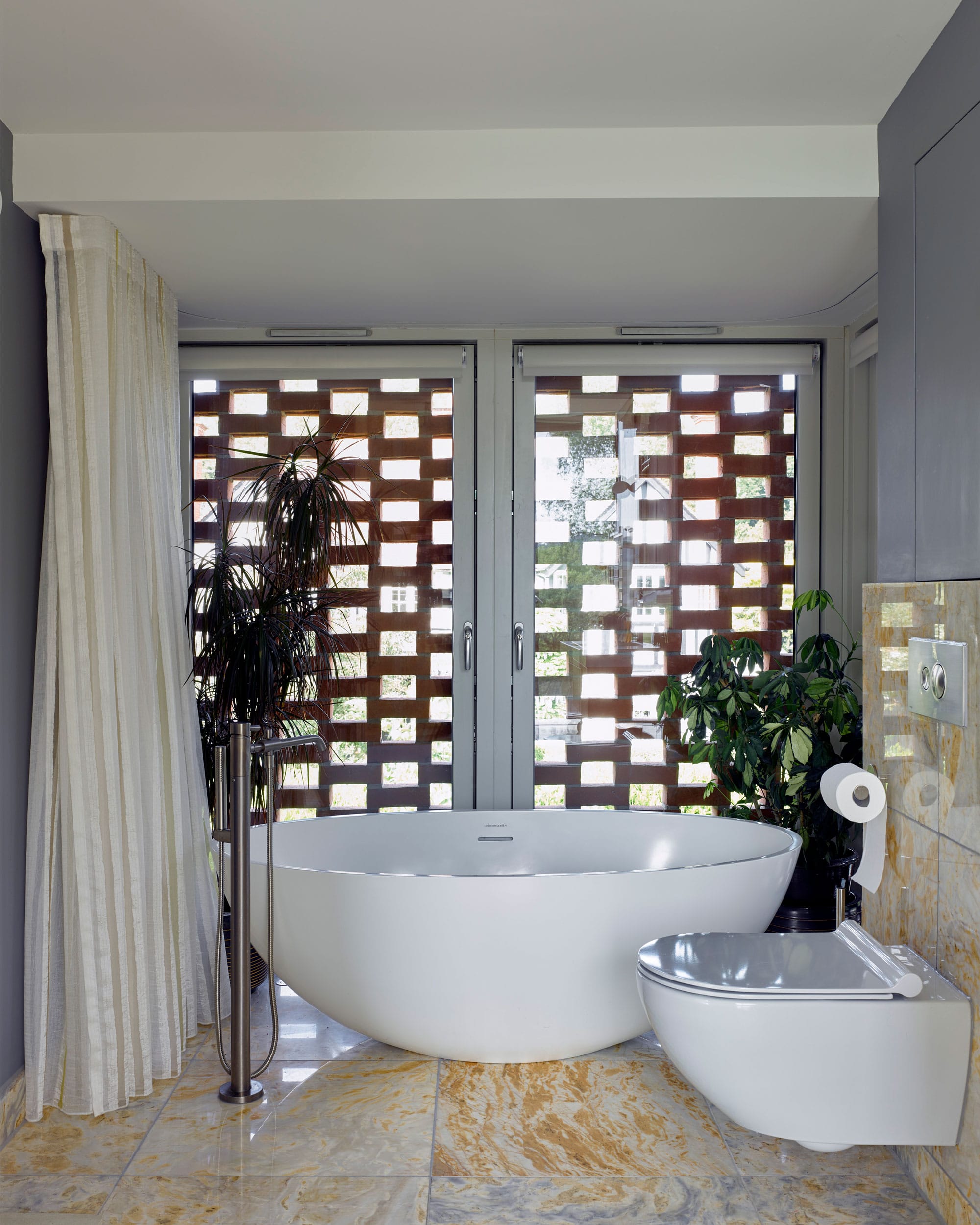
Every window dressing in the property has been specifically matched to its surrounding wall
“We couldn’t believe it,” says Alison. “One minute there was nothing there, and the next we could see the shape of the house for the first time.” Masonry cavity walls were then built to conceal the main steel structure.
These were insulated beyond standard Building Regulations’ minimum requirements to ensure a comfortable internal living environment.
Challenges will rear their heads at some point on most builds, and the Jacksons’ project was no different. Fortunately, their main contractor proved to be a dependable resource to steady the ship.
One area that caused a few headaches was the glazing. The design called for huge sheets of it to maximise daylight and views, but it turned out that the windows the couple had chosen couldn’t be manufactured in the size they were looking for. It turned out to be a blessing in disguise. “I’d been having second thoughts, as the frames would have been very thick,” says Alison.
Instead, the pair switched their order to near-frameless sliding doors, which have helped to enable a wow-factor, seamless opening corner in the main living room. “It looks amazing and it feels like you’re sitting in the garden,” says Alison.
Perhaps the biggest issue for the contractors was getting the detail right for the window install. The ultra-modern design called for a flush finish between the frames and surrounding surfaces – including the ceilings, walls, floors and the cantilevered roof structures. The latter are constructed of ply fins that are bolted to large strips of steel above the glazing.

A mix of pocket and standard doors helps to maximise space
Inspired by the American Case Study Houses, getting this feature right was crucial the overall finish.The challenges were brought into sharp focus when it came to the corner glazing.
Establishing a seamless look between the sliding doors, plasterboard and interior curtain track required extensive planning – with a perfectly-calculated recess created in the ceiling to accommodate the frame and curtain runner track.
Finishing touches
Despite these teething troubles, the Jacksons’ project reached completion in just 18 months. A dazzling blend between old and new, the property is both sympathetic to its origins and boldly contemporary in its design. Exuding mid-century modern charm, the characterful red-brick facade helps the house to blend effectively with the surrounding Arts & Crafts architecture.
Inside, the main living zone is bright and beautiful, with the ground floor’s open-plan kitchen-dining-living room carefully planned to maximise garden views. Perfect for entertaining, the
zone has an industrial-style vibe that’s cleverly softened with cosy furnishings and warm wood surfaces.
Alison found getting the finishing touches right to be the most daunting part of the project – involving countless decisions, all of which would be on show. Utilising four base colours throughout – light and dark grey, dusky pink and teal – creates unity across every space. Yet the completed look is far from conservative.
What we learnedFIND AN ARCHITECT who understands your vision. Self building can be a long process, so you need to be able to maintain a harmonious relationship. It’s so important to work closely with the people who design your home if you want to create something really special. |
The house features numerous bespoke features, all cleverly designed by Kate. The curtain in the main living area can be drawn back and hidden inside the wall, for instance, preserving a sleek finish. There’s also a folding partition wall on the ground floor that can be left unfurled or closed off to provide private guest bedrooms.
For the Jacksons, one of the biggest challenges was making the move from a traditional home to something far more cutting edge. “It was an adjustment, because we had to think about things in a completely different way,” says Alison. “But we know how lucky we are to have such a beautiful home that’s tailored exactly to our needs and built around stunning views.”
As for the idea of taking on another scheme in the future, the couple haven’t completely ruled it out. “We would need to find a pretty special plot if we were to consider moving again,” says Alison. “We feel like we’re always on holiday. It’s been a fantastic experience and we get to enjoy the rewards every day.”

































































































 Login/register to save Article for later
Login/register to save Article for later

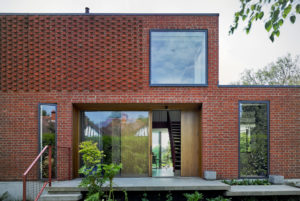
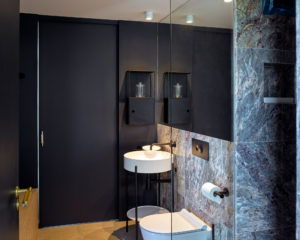
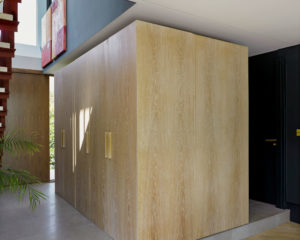
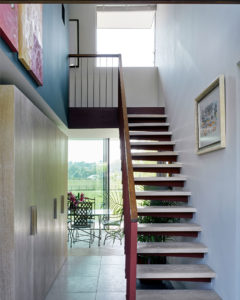
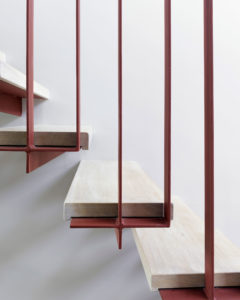
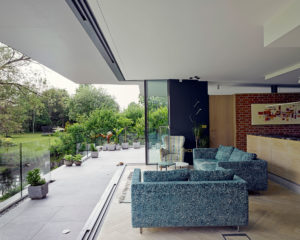


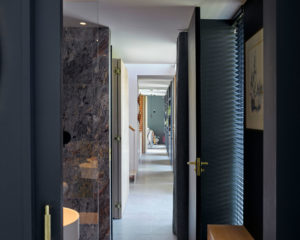
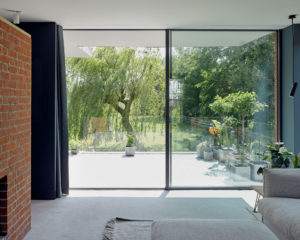




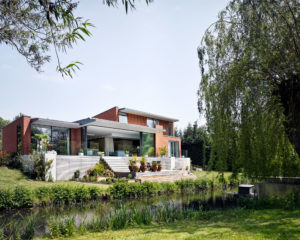


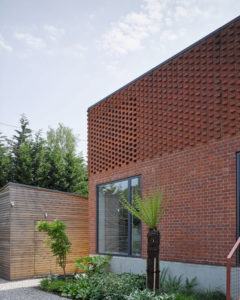



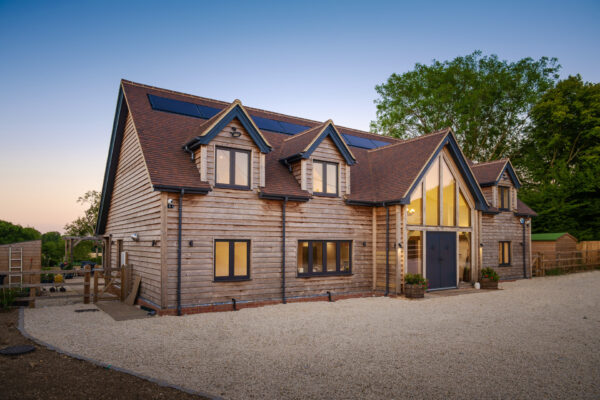
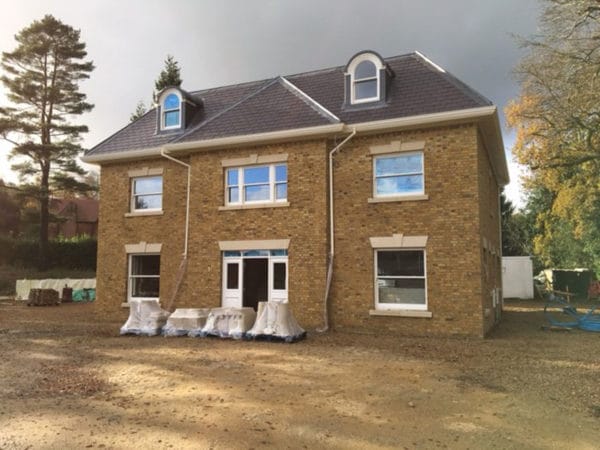






Who is the architect and contractor?
Hi Pquadro. The designers, Kate Jackson & Mathew Ingham, are mentioned in the article. Both have their own eponymous architectural practices. The contractors were T Jones and Son from Buckinghamshire.
Awesome thanks